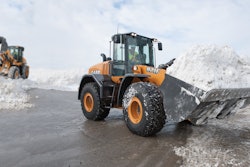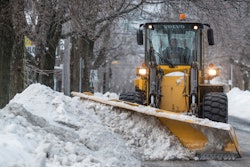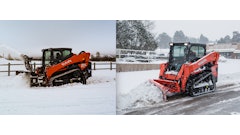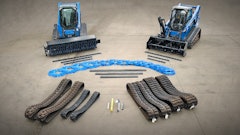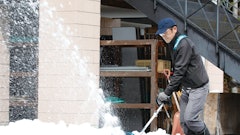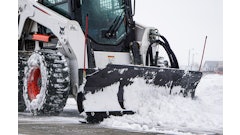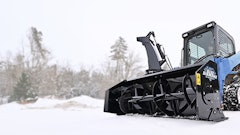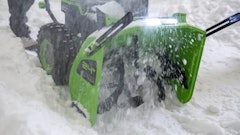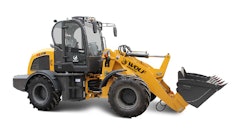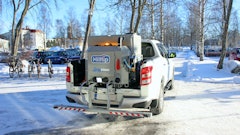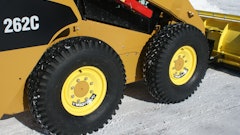This article was originally published by the Snow and Ice Management Association (SIMA)
As snow and ice management professionals begin planning for next year, addressing equipment needs and maintenance must be part of the conversation. Consider the following:
Look for deals
Some of the best deals on equipment can be found after the winter as suppliers may be look to unload excess inventory. The closer it gets to fall, the less likely a dealer will budge on price. Snow professionals suggest, though, not to jump into equipment shopping without doing due diligence.
“It was a very extreme winter. Two years ago we had a heavy winter and saw contractors buying all kinds of equipment. They paid a ton of money and then last year we got almost no snow. You really have to study your snow numbers to know what equipment you need and what you can afford,” says Neal Glatt, CSP, account executive for Case Snow Co.
Rather than rush to buy, Rick Kier, CSP, owner of Pro Scapes, suggests first looking at the equipment you have and how it held up through the season. Did you have so many failures that you let your customers down? What was behind the failures? Fleet age, preventive and in-season maintenance procedures, repair processes and capabilities all come into play. “If you’re having so many failures that you’re disappointing customers or you don’t have enough backup equipment in the event of failure, you need to look at big-picture changes.”
Equipment inventory evaluations
Dale Keep, owner of Ice & Snow Technologies and a respected industry consultant, encourages companies to conduct a site-by-site equipment review to determine whether it was productive and profitable. “Looking at the repairs that were needed can reveal many things, including misuse of equipment, incorrect work procedures, training needs or that the wrong equipment is being used to properly perform the work.”
A postseason evaluation of your suppliers is also in order. Did you run out of materials? Were you able to get backup equipment in the event of a failure? Were the vendors’ responses to your needs timely? Building relationships is paramount to having a solid vendor base that will be there when you need them.
Know what you can afford
Gabriel Asebedo, CSP, of Snow Clearing Services, urges contractors not to buy blindly — make sure your operations can sustain the purchase and that you get the best deals available.
“Now is the time to plan for additional or exchange equipment for next season and determine the most advantageous way to obtain dependable equipment at the lowest possible cost,” he says. “The luster of freshly painted wheel loaders will fade quickly when the financial implications of cost acquisition are understood. The cost factor should also include the financial statement impact on short-term and long-term financial health of the business as well as impact on tax strategy.” He also suggests evaluating the impact leasing and financing has on the balance sheet.
Make it last and multitask
Companies that can’t afford to upgrade equipment may be able to extend the life of their current equipment with timely and proper preventive maintenance.
Greg Scharf, CSP, owner of Greg’s Lawn & Landscaping, says now is the perfect time to evaluate current equipment and perform easy preventive maintenance. “If you want to hold onto your older equipment, take the time now to replace the simple things cost a lot of downtime,” he says. “Doing the preventive maintenance now will extend the life of that equipment.”
Mike Simmons, a product specialist with Grasshopper, says snow management professionals concerned about investing in new equipment may want to consider buying machines that can serve multiple purposes and provide a better return on investment. “Purchasing a machine that can perform multiple grounds maintenance tasks in addition to snow removal can be less expensive than purchasing multiple pieces of single-purpose equipment for the same tasks.”
Cheryl Higley is Editor of Snow Business magazine
Interested in subscribing to SIMA's magazine?

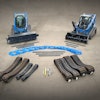

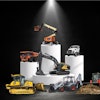
![[VIDEO] Following Federal Regulations for Snow Equipment](https://img.forconstructionpros.com/files/base/acbm/fcp/image/2016/09/default.57ebe41aca913.png?auto=format%2Ccompress&fit=crop&h=167&q=70&w=250)
